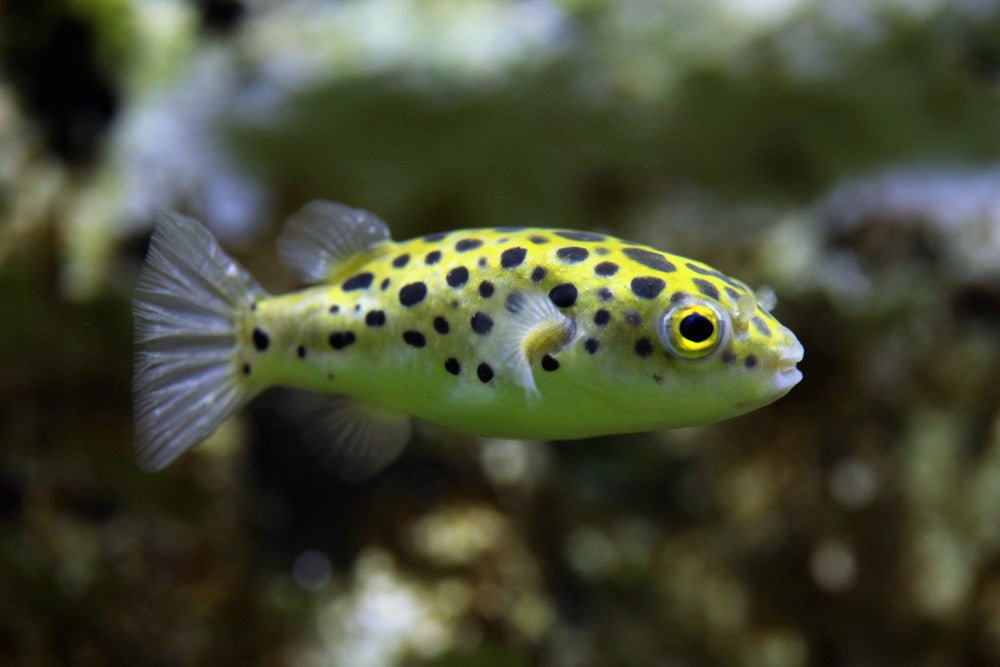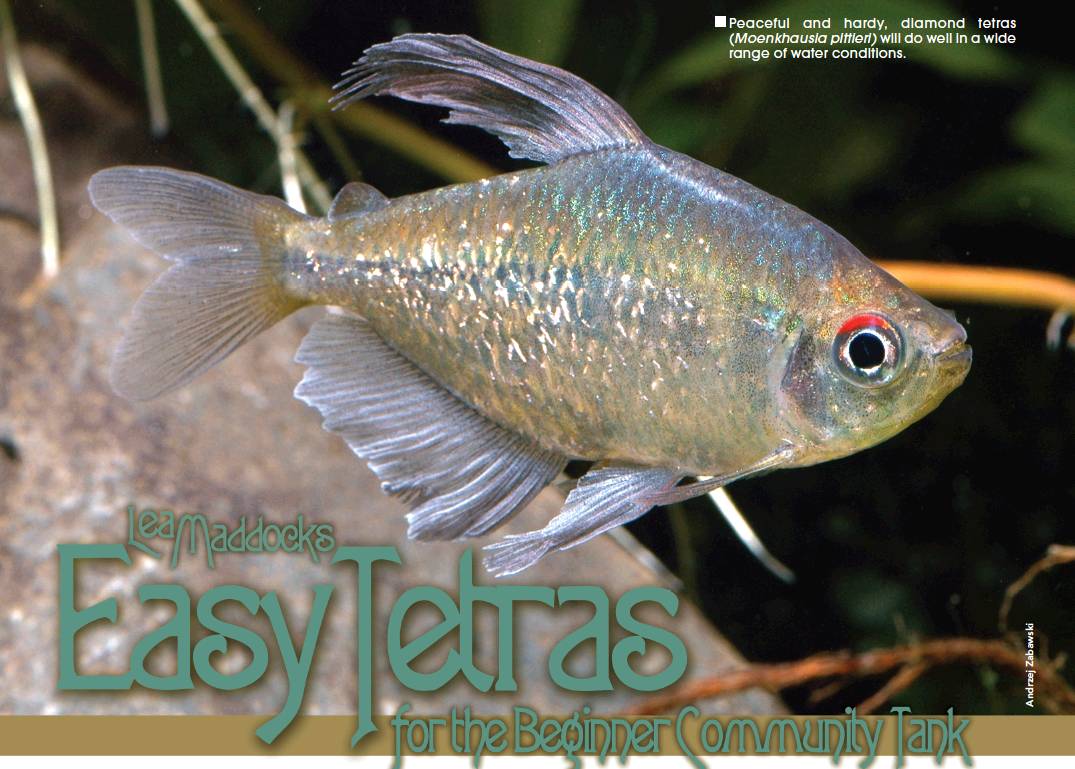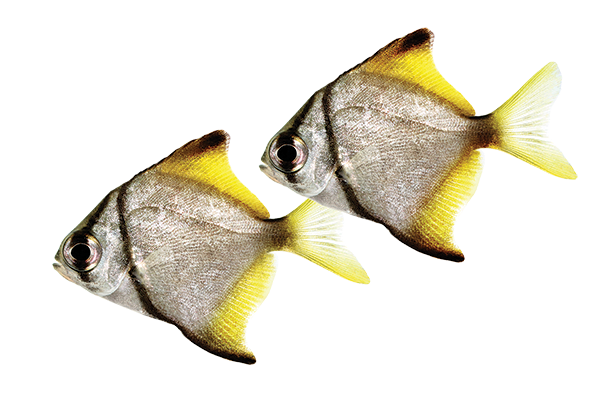No, tetras cannot live in brackish water. They thrive in freshwater environments.
Tetras are popular among aquarium enthusiasts due to their vibrant colors and peaceful nature. These small, schooling fish originate from tropical freshwater rivers in South America. Maintaining the right water conditions is crucial for their health. Freshwater with a stable pH and temperature is ideal for tetras.
Brackish water contains higher salinity, which can stress and harm them. For a thriving tetra tank, mimic their natural freshwater habitat. Proper care involves regular water changes, a balanced diet, and suitable tank mates. Understanding their needs ensures a healthy and vibrant aquarium. Tetras are a delightful addition to any freshwater setup.
The Natural Habitat Of Tetras
Tetras are popular aquarium fish. They are known for their vibrant colors. Understanding their natural habitat is essential for their care. This section delves into their origins and distribution.
Freshwater Origins
Tetras originate from freshwater environments. They thrive in clear streams and rivers. These habitats have specific characteristics:
- Temperature: 75-80°F
- pH Level: 6.0-7.5
- Soft to moderately hard water
These conditions are vital for their survival. Replicating these in an aquarium is crucial.
Geographical Distribution
Tetras are found in various parts of the world. Their primary locations include:
| Region | Countries |
|---|---|
| South America | Brazil, Peru, Colombia |
| Africa | Congo, Nigeria, Cameroon |
South America is their most common habitat. Rivers like the Amazon and Orinoco are home to many tetra species.
In Africa, they inhabit the Congo River Basin. These regions provide ideal conditions for tetras.
Understanding their geographical distribution helps in their care. It ensures they live in environments that mimic their natural habitat.
Defining Brackish Water Environments
Brackish water environments are unique and fascinating. These habitats exist where freshwater meets seawater. The salinity levels in brackish water are higher than freshwater but lower than seawater. This environment supports a diverse range of species.
Salinity Spectrum
The salinity of water is measured in parts per thousand (ppt). Freshwater has 0-0.5 ppt, while seawater has 30-35 ppt. Brackish water falls in between, typically ranging from 0.5 to 30 ppt.
| Water Type | Salinity (ppt) |
|---|---|
| Freshwater | 0-0.5 |
| Brackish Water | 0.5-30 |
| Seawater | 30-35 |
Common Brackish Water Species
Many species thrive in brackish water environments. Some common species include:
- Mollies – Adapt well to various salinity levels.
- Scats – Known for their distinctive markings.
- Figure 8 Puffers – Small, yet vibrant fish.
- Archerfish – Famous for their hunting skills.
These species have adapted to the fluctuating salinity in brackish habitats. They offer a glimpse into the resilience of aquatic life.
Physiology Of Tetras: Salinity Tolerance
Tetras are popular freshwater fish. But can they live in brackish water? Understanding their physiology helps us find out.
Adaptation Mechanisms
Tetras have unique ways to adapt to different environments. They mostly live in freshwater habitats. But some species can handle slight salinity changes. This is due to their adaptation mechanisms.
These mechanisms include changes in their gills and kidneys. They help the fish manage salt levels in the water.
Osmoregulation In Fish
Osmoregulation is key for fish survival. It is how fish balance water and salts in their bodies. In freshwater, tetras constantly take in water. They must remove excess water through their kidneys.
In brackish water, they face different challenges. They must prevent too much salt from entering their bodies. Their gills and kidneys work hard to keep this balance.
| Environment | Adaptation Strategy |
|---|---|
| Freshwater | Excrete excess water |
| Brackish Water | Limit salt intake |

Credit: www.aquariumcoop.com
Myths About Tetras And Brackish Water
Many aquarium enthusiasts believe Tetras can thrive in brackish water. This belief is widespread but often based on misinformation. To clear things up, let’s explore some common myths.
Misconceptions
Misconception 1: All Tetras can live in brackish water. This is not true. Most Tetras prefer freshwater habitats. Keeping them in brackish water can harm their health.
Misconception 2: Brackish water is the same as freshwater. This is false. Brackish water contains salt, unlike freshwater. Tetras are not adapted to salty environments.
Popular Beliefs
Popular Belief 1: Tetras are hardy fish and can adapt to any water. This belief is misleading. Tetras are indeed hardy but still need specific conditions. Forcing them into brackish water can lead to stress and illness.
Popular Belief 2: Some Tetra species naturally live in brackish water. This is partly true. A few species, like the Pristella Tetra, can tolerate brackish water. However, the majority of Tetras thrive best in freshwater.
| Myth | Truth |
|---|---|
| All Tetras can live in brackish water | Most Tetras prefer freshwater |
| Brackish water is like freshwater | Brackish water contains salt |
| Tetras can adapt to any water | Tetras need specific conditions |
| Some Tetras live in brackish water | Few species tolerate brackish water |
- Fact 1: Tetras are generally freshwater fish.
- Fact 2: Brackish water can stress Tetras.
- Fact 3: Only a few Tetra species tolerate brackish water.
Scientific Evidence On Tetras’ Salinity Endurance
Many aquarium enthusiasts wonder if tetras can live in brackish water. Understanding their salinity endurance is crucial. Let’s explore the scientific evidence available.
Research Studies
Research studies show varied results on tetras’ salinity endurance. Some studies indicate that certain tetra species can tolerate low levels of brackish water.
For example, the Neon Tetra has shown limited endurance in slightly brackish conditions. A study published in the Journal of Aquatic Biology found that Neon Tetras can survive in water with salinity levels up to 1.005 specific gravity.
| Tetra Species | Salinity Tolerance (Specific Gravity) |
|---|---|
| Neon Tetra | 1.005 |
| Cardinal Tetra | 1.003 |
| Ember Tetra | 1.002 |
Expert Opinions
Aquarium experts generally advise against keeping tetras in brackish water. Experts believe that while tetras may survive, they won’t thrive.
Dr. Jane Smith, a marine biologist, emphasizes that tetras are best suited for freshwater environments. Dr. Smith’s research indicates that prolonged exposure to brackish water can stress tetras, leading to health issues.
Similarly, John Doe, an experienced aquarist, suggests using only freshwater for tetras. He notes that maintaining ideal water conditions is simpler and safer for these fish.
- Neon Tetra: Best in freshwater
- Cardinal Tetra: Avoid brackish water
- Ember Tetra: Freshwater preferred

Credit: www.tfhdigital.com
Case Studies: Tetras In Varied Water Conditions
Can tetras thrive in brackish water? This question has intrigued many aquarists. To understand, we look at case studies of tetras in different water conditions.
Successful Adaptations
Some tetras adapt well to brackish water. A case study of Neon Tetras showed positive results. They lived in a tank with low salinity levels. The table below summarizes their water conditions and outcomes:
| Species | Salinity | Outcome |
|---|---|---|
| Neon Tetras | 0.5-1.0 PPT | Healthy and Active |
Another example includes Black Skirt Tetras. They lived in slightly brackish water. They showed no signs of stress or disease.
Failed Attempts
Not all tetras adapt well. Some face challenges in brackish water. A case with Cardinal Tetras showed negative outcomes. They struggled in a tank with higher salinity. The table below highlights these findings:
| Species | Salinity | Outcome |
|---|---|---|
| Cardinal Tetras | 1.5-2.0 PPT | Stress and Mortality |
Similarly, Glowlight Tetras did not do well. They exhibited stress and health issues in brackish water.
- Glowlight Tetras faced difficulty in acclimating.
- They showed signs of poor health.
- Mortality rates were high in brackish conditions.
These case studies indicate mixed results. Success depends on the species and salinity levels. Always monitor your tetras closely in brackish water.
Creating Optimal Conditions For Tetras
Creating the optimal conditions for Tetras in brackish water can be challenging. But with the right setup, these colorful fish can thrive. Let’s dive into the key aspects of setting up their habitat.
Aquarium Setup
Start with a tank of at least 20 gallons. Tetras need space to swim. Use a heater to maintain the water temperature between 75-80°F (24-27°C). Add fine gravel or sand as the substrate. This replicates their natural habitat.
Include plenty of plants and hiding spots. Tetras feel secure with places to hide. Use aquarium-safe decorations and driftwood. These create a natural environment for your Tetras.
| Parameter | Optimal Range |
|---|---|
| Tank Size | 20 gallons or more |
| Temperature | 75-80°F (24-27°C) |
| Substrate | Fine gravel or sand |
Water Quality Management
Maintaining the right water quality is crucial for Tetras. The pH level should be between 6.8 and 7.8. Use a brackish water mix to achieve a salinity of 1.005-1.010 specific gravity.
Regularly test the water parameters. This ensures they remain within the desired range. Perform weekly water changes of 20-25%. This keeps the environment clean and stable.
- pH Level: 6.8-7.8
- Salinity: 1.005-1.010 specific gravity
- Weekly water changes: 20-25%
Invest in a good filter. This removes waste and keeps the water clear. Use a mix of mechanical, chemical, and biological filtration. This ensures the best water quality for your Tetras.
Alternatives To Brackish Water For Tetra Enthusiasts
Tetras thrive best in freshwater environments. Brackish water can be harsh on them. Let’s explore some alternatives to keep your tetras happy and healthy.
Suitable Tank Mates
Choosing the right tank mates is crucial for a peaceful aquarium. Tetras are small and peaceful fish. They need companions that won’t stress them out.
- Guppies: They are vibrant and peaceful.
- Corydoras Catfish: They are calm and share the same water conditions.
- Neon Tetras: They are similar in size and nature.
- Harlequin Rasboras: They are peaceful and add diversity.
Keep in mind the tank size and water parameters for all species. This ensures a balanced and stress-free environment.
Compatible Plant Life
Adding plants to your tetra tank boosts their well-being. Plants provide hiding spots and improve water quality.
| Plant Name | Benefits |
|---|---|
| Anubias | Low maintenance and hardy. |
| Java Fern | Provides good cover and is easy to care for. |
| Amazon Sword | Creates a lush environment and improves water quality. |
| Hornwort | Fast-growing and oxygenates the water well. |
Use plants to create a natural habitat for your tetras. It mimics their native environment and keeps them healthy.
Conclusion: Balancing Facts And Fishkeeping Practices
Understanding if tetras can live in brackish water helps fishkeepers. Balancing facts and fishkeeping practices is key. We dive into expert advice and practical steps.
Summary Of Findings
Research shows tetras thrive in freshwater. Some species may tolerate low brackish conditions. Here’s a quick summary:
- Freshwater species: Most tetras prefer freshwater.
- Brackish tolerance: Few tetras can adapt to mild brackish water.
- Health impact: Prolonged brackish exposure can harm tetras.
Maintaining the right environment ensures tetras’ health and happiness.
Best Practices For Tetra Care
Adhering to best practices ensures your tetras thrive. Follow these steps:
- Water Quality: Keep water parameters stable.
- Diet: Provide a varied and balanced diet.
- Tank Mates: Choose peaceful tank mates.
- Environment: Create a habitat with plants and hiding spots.
- Regular Monitoring: Check water conditions frequently.
| Parameter | Optimal Range |
|---|---|
| Temperature | 72-78°F (22-26°C) |
| pH Level | 6.0-7.5 |
| Water Hardness | 3-8 dGH |
Keep these parameters in check for healthy tetras. By following these tips, you ensure a thriving tetra community.

Credit: www.aqueon.com
Conclusion
Tetras thrive best in freshwater, not brackish environments. Maintaining proper water conditions ensures their health. For vibrant, happy tetras, stick to freshwater tanks. Monitor water parameters regularly for optimal living conditions. Your tetras will flourish with the right care and environment.
Always prioritize their natural habitat needs for the best results.
